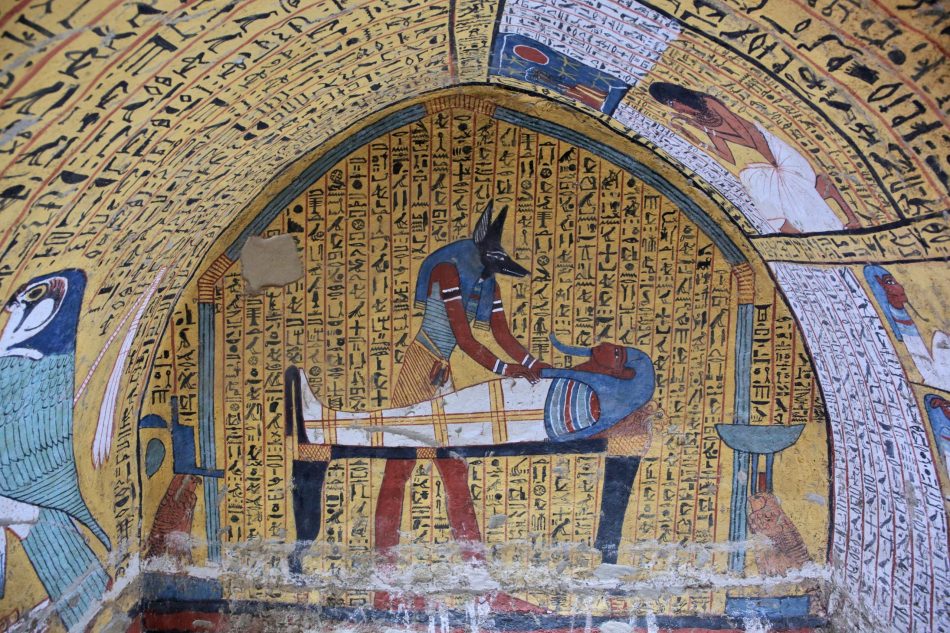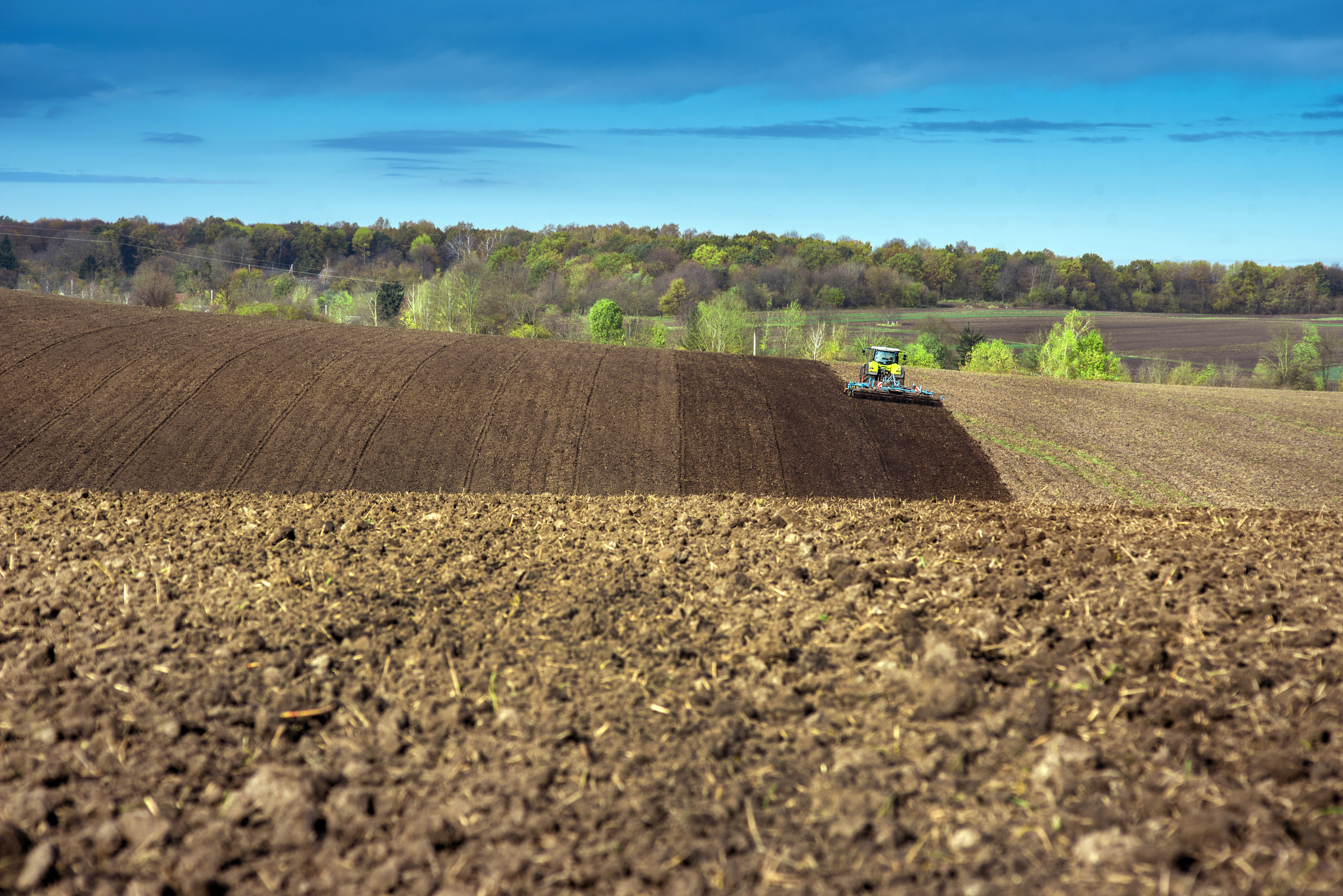If you were asked to smell inside a sarcophagus, do you think you’d be excited? After a recent discovery in Egypt, though, more archaeologists certainly are excited and turning to smell as a viable tool to learn more about the past from what survived into the present.
Tomb of the architect and his wife
In 1906, the tomb of Kha, an architect of the eighteenth dynasty, and Merit, his wife, was discovered near Luxor. This was a landmark find for the field of Egyptology because it was and still is the most intact burial site of a non-royal ever found. The tomb was over 3,400 years old, and around the sarcophagi there were amphorae, jugs and jars, that the dead were buried with to take goods into the afterlife.
Smelling ancient food
Remarkably, the jars remained unopened from the discovery up to their transfer to the Egyptian Museum in Turin, Italy. It was there that Ilaria Degano, an analytical chemist at the University of Pisa, and some of her colleagues decided to open the jars.
“From talking with the curators, we knew there were some fruity aromas in the display cases,” she said.
In the jars, they found the rotted remains of various foods and goods such as beeswax, dried fish, and fruits. While they certainly may have taken a whiff when they opened the jars, the team collected the relevant odor data by placing the jars in containers and then using a mass spectrometer to identify the different components.
Scent archaeology
Many archaeologists have ignored the potential of volatiles and odor analysis because it is assumed that the relevant components would have long ago dissipated. In 2014, however, researchers discovered volatile molecules on an Egyptian mummy that indicated the presence of embalming fluid, which proved that Egyptians had been embalming bodies 1,500 years earlier than previously thought.
Now, the discovery of the fruits and foods in Kha and Merit’s tomb has proven the value of odor analysis again, showing rare products that the team infer must’ve been imported into Egypt and, thereby, shows the importance of the non-royals interred there. It turns out that we can better learn what life was like in the early days of civilization by smell.
Source Study: Nature — Ancient smells reveal secrets of Egyptian tomb (nature.com)











